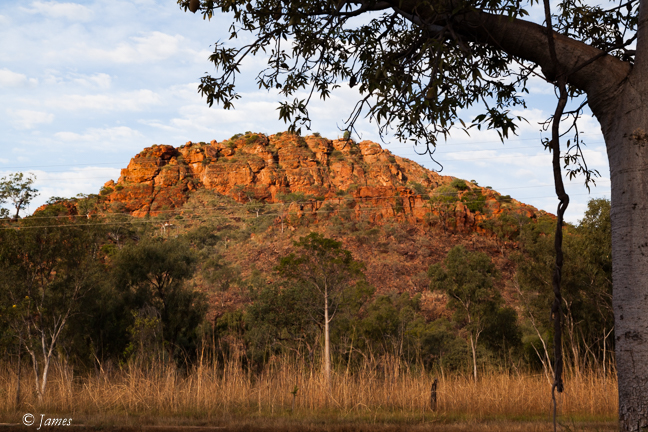Wyndham is another town that has seen better days. It was established as the port for the mines to the south at Halls Creek. Goods were transported along a cobbled road by Afghans with camels – a graveyard is that’s left of them. The old town is squeezed between the steep Bastion lookout on the east and the extensive mangrove-fringed lagoon formed by the five rivers (Pentecost, Ord, King, Durack, Forrest). A beautiful wide, 180 degree view of the large lagoon is best viewed from the new steel jetty. Most buildings in this old part of town, apart for the police, a cafe, and a few homes, are derelict. When the town was booming, the limited land caused the new town to be built 4km ‘inland’ in a better treed area; the population of 800 has limited facilities including a caravan park.
“By late-1886, the town was booming and there were three hotels at the port, one of which was a two-storey building, and two taverns at Three Mile Camp, as well as stores, bootmakers and butcher shops, a billiard room, a soda water factory, commission agencies, auctioneers and other businesses. Ships brought in at least five thousand miners who headed off to the Halls Creek goldfields. During this boom there were times when up to 16 vessels were moored in Cambridge Gulf.
However, by 1888, the gold rush at Halls Creek had ended and the fortunes of Wyndham declined. Wyndham became a tiny settlement serving the pastoral interests in the East Kimberley. By 1912, money had virtually disappeared from the Wyndham economy, and purchases were paid for using promissory notes known as “shinplasters”.
In 1942 during World War II, the town and its aerodrome were attacked on four occasions by Japanese aircraft.
Wyndham’s significance as a service centre was crucial for the construction of the Ord River Diversion Dam and the town of Kununurra in the early 1960s. With the rise of Kununurra as a larger population centre the significance of Wyndham as a service centre had diminished by the 1980s. Wyndham has regained significance as the port for the region with new mines shipping ore from the port.
Much of the land around Wyndham is inhospitable, and includes the Bastion Range and the mudflats of the Cambridge Gulf. The Bastion Range is the site of the 28-square-kilometre (11 sq mi) Wyndham Important Bird Area, identified as such by BirdLife International because it holds the largest known population of endangered Gouldian finches.” (Wikipedia)
We drove up to the ‘Five Rivers Lookout’ on the top of the Bastion hill (200m ASL) for the stunning 270 degree view.
Several parks have been preserved in the area; the best is probably Parry Farm Lagoon/billabong, 15km south and 7km east from the highway. Telegraph hill (WW1) overlooks this picturesque wet-land sitting in a broad valley blocked visually only by the ubiquitous sandstone ridges several km to the east and west. The late morning light created a pleasing pastel palette. A hide has been built on the water edge where we sat for a while with six others, surrounded by birds, water, and lilies. Even at this time (11.30) life was abundant.
Parry Farm Homestead 10km further is not as well kept (or frequented?) as Home Valley, but it has a pool, a small but pretty billabong, camping area, and some rooms. Lunch was adequate. We were regaled at length by another couple who have almost completed a round Australia trip from Queensland via the south.
Last stop was the hill in Kununurra, glowing red in the sunset.
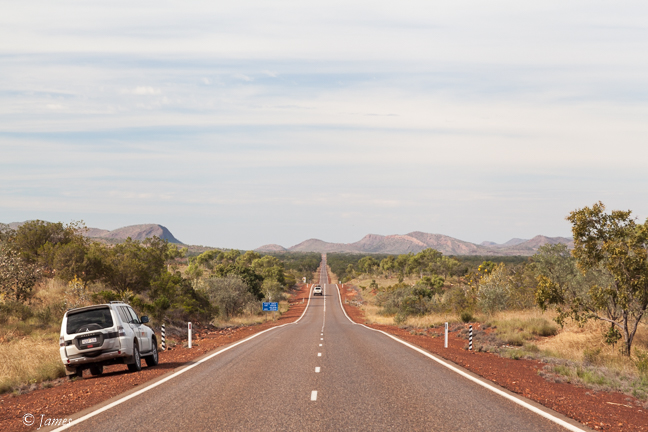

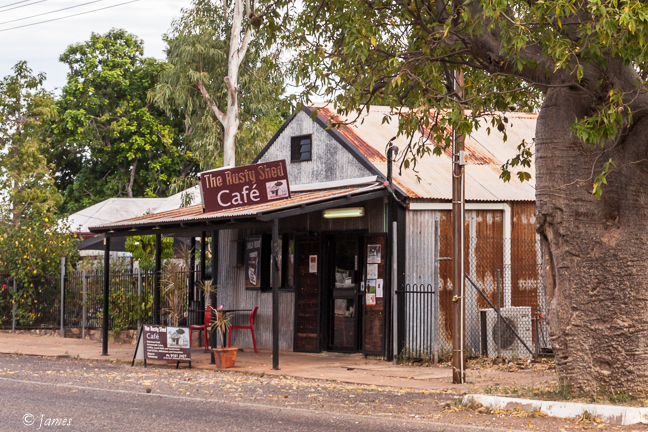

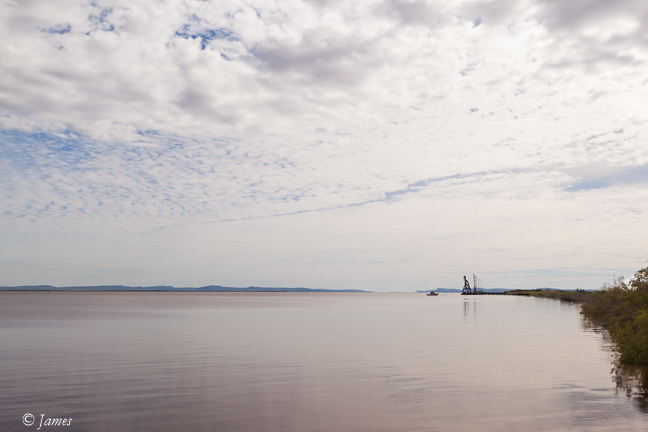



Parry Farm Billabong 






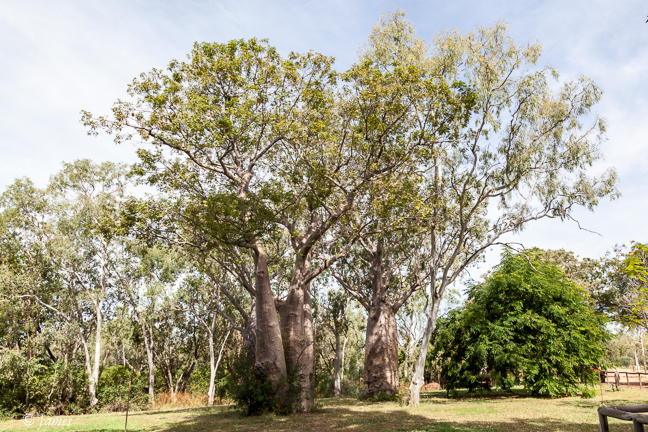
Parry Farm 